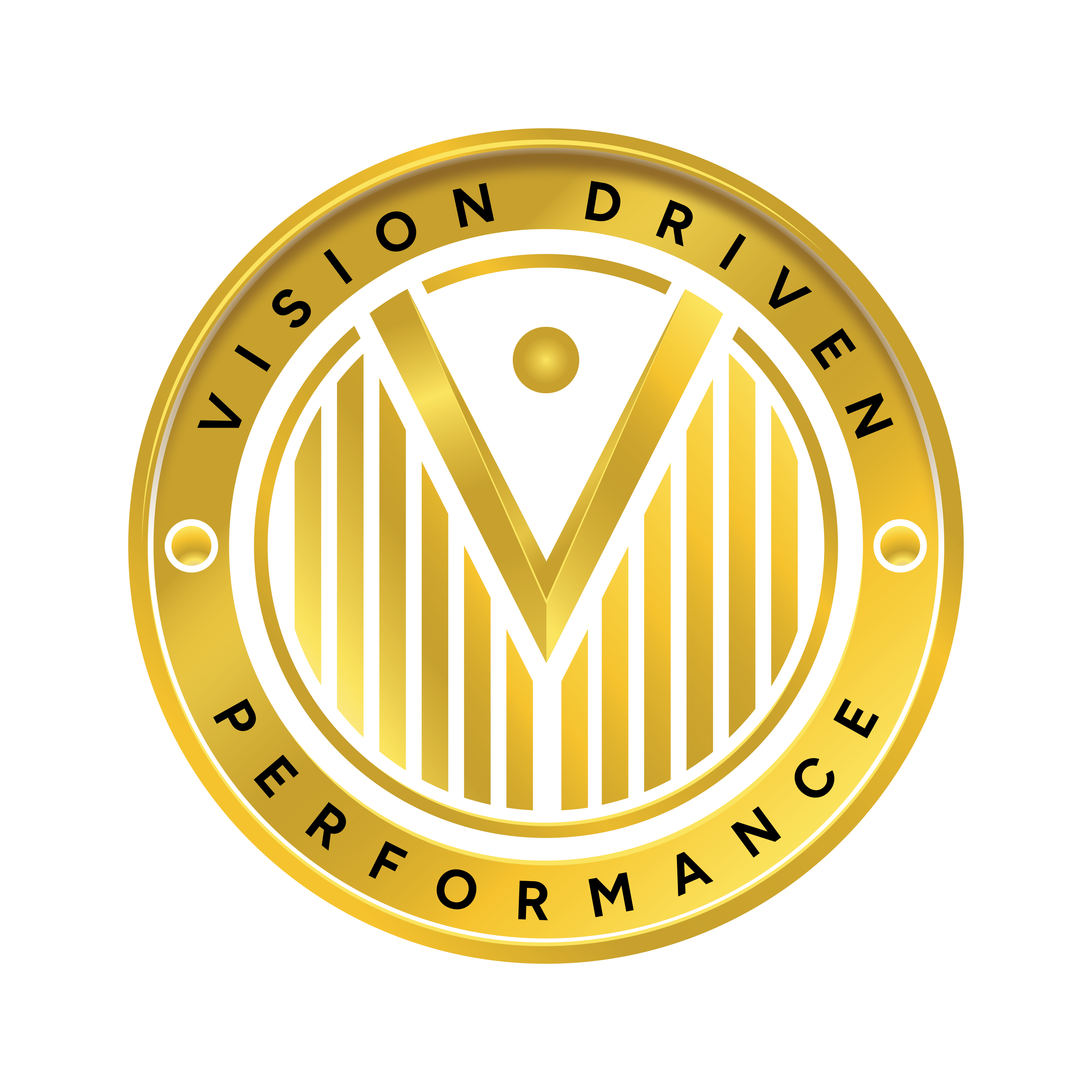A good strategy is a comprehensive and coherent plan of action that guides an organization toward achieving its objectives and fulfilling its mission in a dynamic and competitive environment. While the specifics of a good strategy can vary depending on the organization’s industry, goals, and circumstances, several key characteristics typically define a strong and effective strategy.
1. Clear Vision and Objectives
- Visionary Leadership – A good strategy begins with a clear and compelling vision articulated by leadership, describing the organization’s long-term aspirations and desired future state.
- SMART Goals – Objectives should be specific, measurable, achievable, relevant, and time-bound (SMART), providing clear targets and milestones for success.
2. Alignment with Mission and Values
- Mission-Centric – The strategy should be aligned with the organization’s mission and core values, reflecting its purpose and guiding principles.
- Ethical Considerations – A good strategy upholds ethical standards and considers the social, environmental, and moral implications of its actions.
3. Market Insight and Analysis
- Understanding the Environment – The strategy should be informed by a thorough analysis of the external environment, including industry trends, market dynamics, customer needs, and competitive landscape.
- SWOT Analysis – Assessing strengths, weaknesses, opportunities, and threats helps identify strategic advantages and areas for improvement.
4. Differentiation and Competitive Advantage
- Unique Value Proposition – A good strategy identifies the organization’s unique value proposition and positioning relative to competitors, highlighting what sets it apart in the marketplace.
- Competitive Strategy – Clear strategies for gaining competitive advantage, whether through cost leadership, differentiation, focus, or innovation, are essential for success.
5. Resource Allocation and Execution
- Effective Resource Allocation – Allocating resources strategically to support the execution of the strategy, whether financial, human, technological, or informational.
- Execution Excellence – A good strategy is actionable and executable, supported by robust implementation plans, accountability mechanisms, and performance metrics.
6. Flexibility and Adaptability
- Agility – Recognizing the dynamic nature of the business environment, a good strategy allows for flexibility and adaptation in response to changing circumstances, emerging opportunities, and unforeseen challenges.
- Continuous Learning – Encouraging a culture of learning, innovation, and experimentation fosters adaptability and resilience in executing the strategy.
7. Stakeholder Engagement and Communication
- Alignment and Buy-In – Engaging key stakeholders, including employees, customers, investors, and partners, ensure alignment and commitment to the strategy’s objectives.
- Transparent Communication – Clear and transparent communication of the strategy’s rationale, goals, progress, and outcomes fosters understanding, trust, and support among stakeholders.
8. Performance Monitoring and Feedback
- Metrics and KPIs – Establishing key performance indicators (KPIs) and metrics to track progress, measure success, and identify areas for improvement.
- Feedback Loops – Regular review and evaluation of the strategy’s effectiveness, incorporating feedback from stakeholders and adjusting course as needed.
A good strategy is not static but rather dynamic and iterative, requiring ongoing monitoring, evaluation, and adjustment to stay relevant and effective in a rapidly changing world. By embodying these key characteristics, organizations can develop and execute strategies that drive sustainable growth, competitive advantage, and positive impact over the long term.



